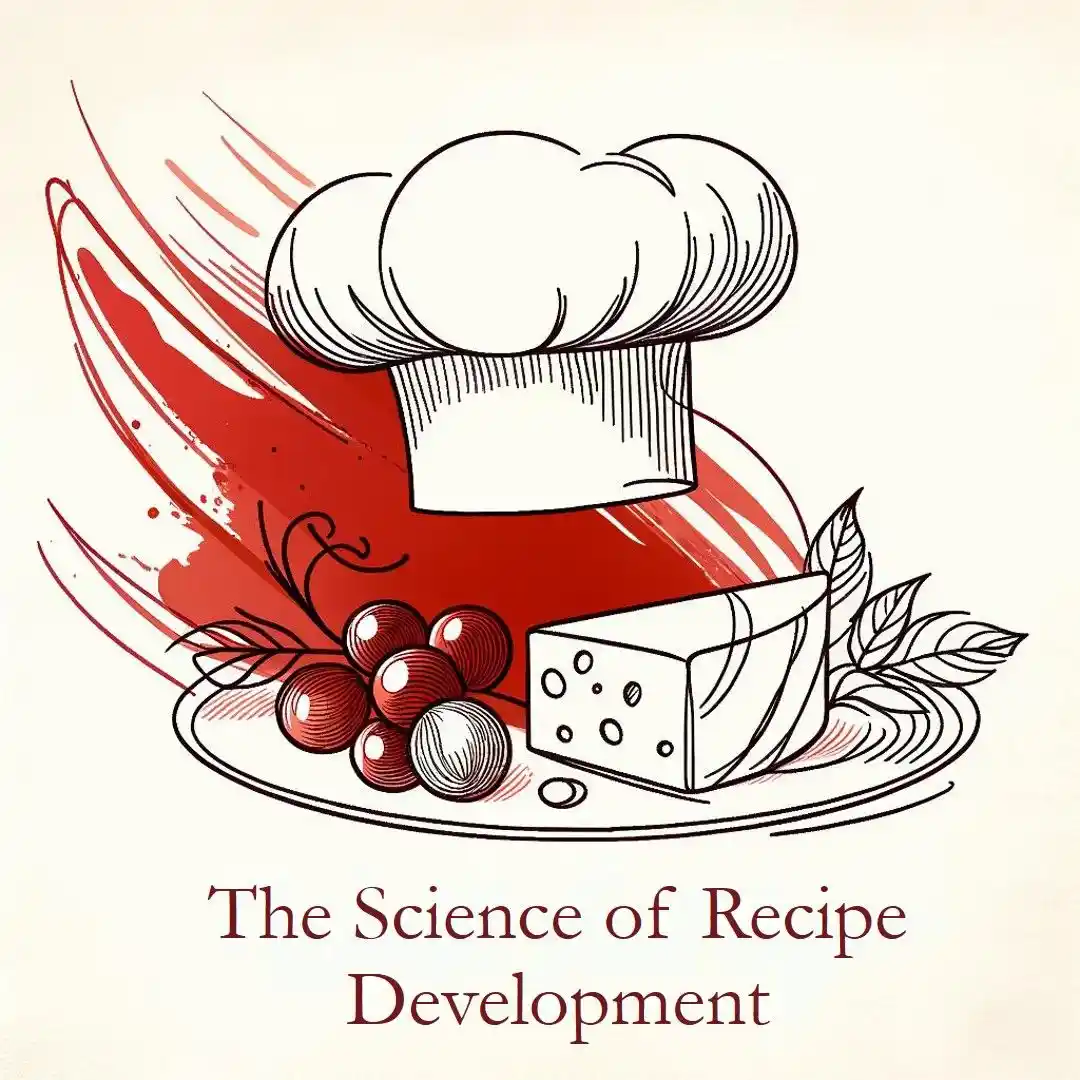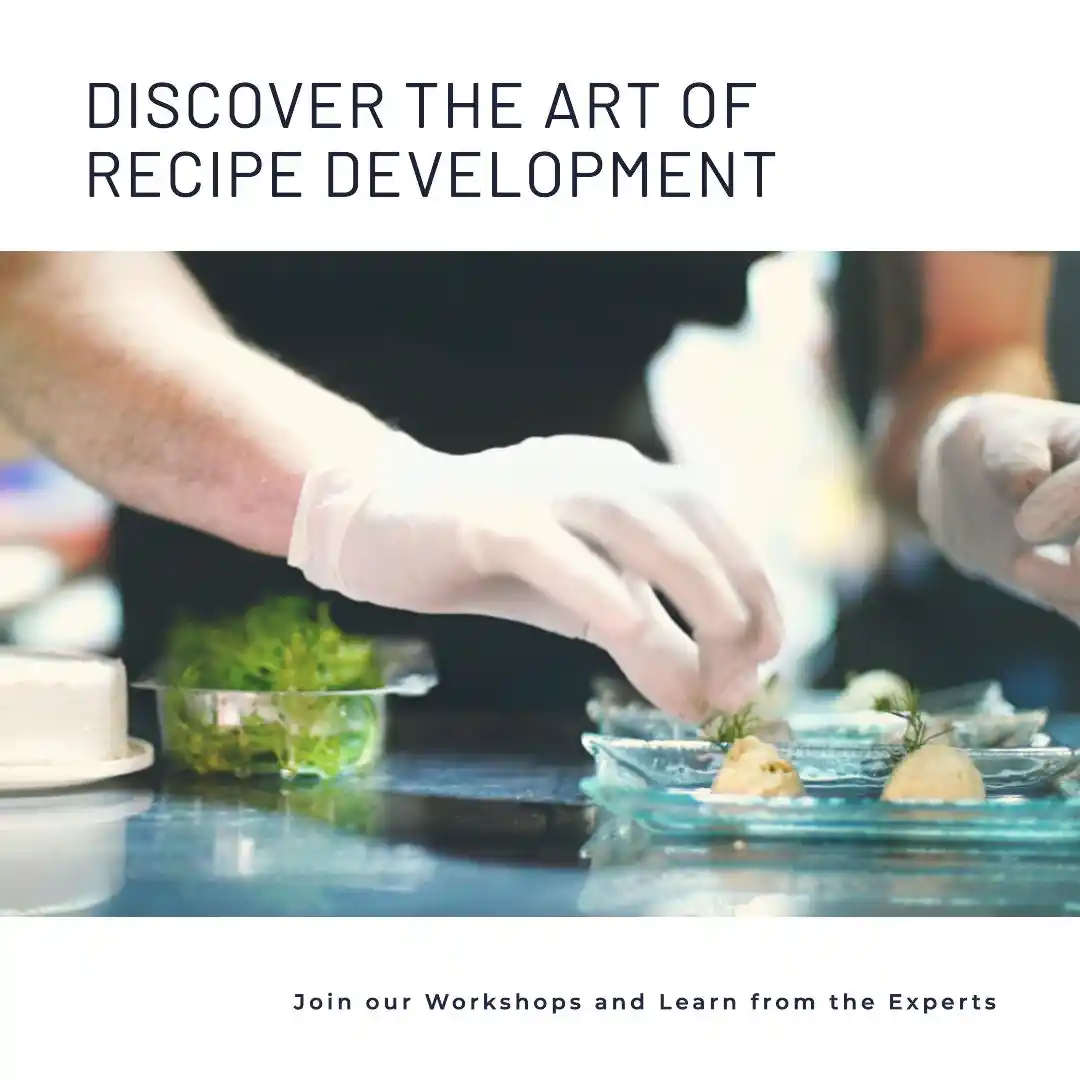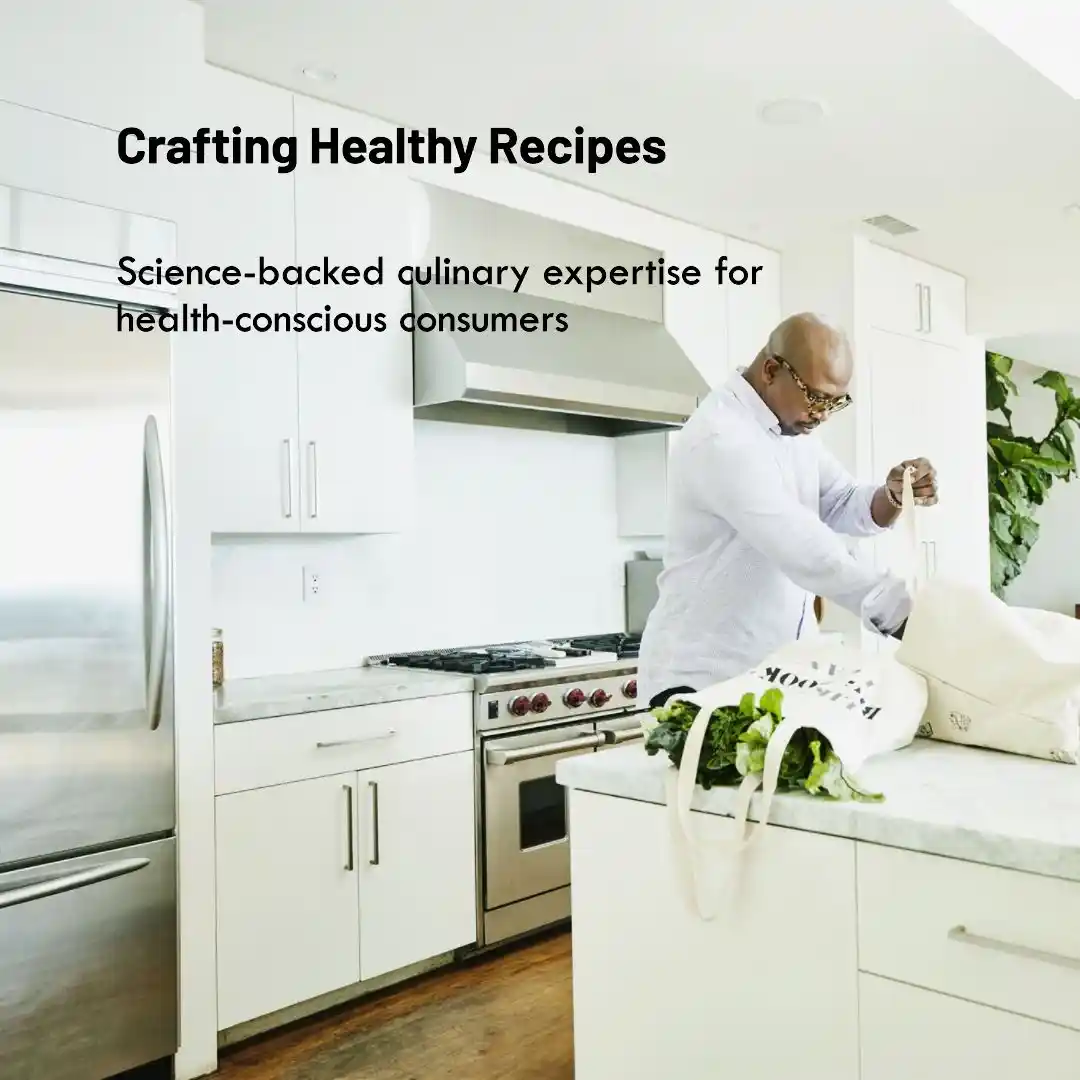Introduction
In today’s competitive food industry, simply creating a tasty dish isn’t enough. Consumers demand innovative, exciting, and consistently delicious products. This is where the power of research and development (R&D) in recipe development comes into play. R&D goes beyond traditional cooking methods, leveraging scientific principles and rigorous testing to elevate culinary creations to new heights. At Tasteology, we understand that science-backed culinary expertise is the key to unlocking truly exceptional food experiences.
Why R&D Matters in Recipe Development
The food landscape is constantly evolving. Consumer preferences shift, new ingredients emerge, and food trends come and go. R&D empowers food businesses to stay ahead of the curve, crafting recipes that not only satisfy current demands but also anticipate future needs.
Recent studies highlight the growing importance of R&D in the food industry:
- Market growth: The global food R&D market is expected to reach $[insert statistic] by [year], demonstrating the increasing investment in culinary innovation. (Source: [insert credible source])
- Consumer demand: Consumers are increasingly interested in products with unique flavors, textures, and health benefits, driving the need for sophisticated R&D. (Source: [insert credible source])
Unveiling the Power of Culinary R&D
Understanding the Role of the Research Chef
R&D in the culinary world often involves a specialized role: the Research Chef. These culinary experts bridge the gap between traditional cooking and scientific methodology. As outlined by Restaurant Business Online, research chefs are responsible for:
- New menu item development: Conceptualizing and creating innovative dishes that align with market trends and brand identity.
- Ingredient evaluation: Exploring new and alternative ingredients, assessing their properties, and determining their potential applications.
- Recipe refinement: Optimizing existing recipes for flavor, texture, shelf-life, and scalability for mass production.
The Science Behind Flavor Optimization
Tasteology leverages a deep understanding of food science to enhance flavor profiles. Our R&D team meticulously analyzes the chemical composition of ingredients and their interactions during cooking. We consider factors such as:
- Taste perception: Understanding how different taste receptors (sweet, sour, salty, bitter, umami) interact to create a balanced and appealing flavor profile.
- Aroma compounds: Identifying and manipulating volatile compounds that contribute to the overall aroma and flavor experience.
- Texture and mouthfeel: Optimizing the physical properties of food to create the desired texture and sensory experience.
R&D: From Concept to Commercialization
R&D is not just about creating delicious food; it’s about ensuring that the final product is successful in the market.
Scaling Up for Mass Production
The transition from a small-batch recipe to mass production can be challenging. Tasteology’s R&D experts work closely with food scientists and technologists to ensure that recipes can be scaled up while maintaining consistent quality and flavor. This involves:
- Ingredient sourcing: Identifying reliable suppliers who can provide high-quality ingredients in large quantities.
- Process optimization: Developing standardized procedures for food preparation, cooking, and packaging to ensure consistency and efficiency.
- Shelf-life testing: Conducting rigorous tests to determine the product’s shelf-life and optimize storage conditions.
Meeting Regulatory Standards
Food safety and compliance are paramount. Our R&D team ensures that all recipes and processes adhere to relevant food safety regulations and labeling requirements.
Practical Tips for Incorporating R&D into Your Recipe Development
- Embrace experimentation: Don’t be afraid to try new ingredients and techniques.
- Invest in culinary training: Develop your understanding of food science principles.
- Collaborate with experts: Partner with a culinary consultancy like Tasteology to leverage specialized expertise.
- Stay informed about food trends: Keep up-to-date with consumer preferences and emerging technologies.
Common Challenges in Recipe Development R&D
- Balancing cost and quality: Finding cost-effective ingredients without compromising on flavor and quality.
- Maintaining consistency: Ensuring that the final product tastes the same every time, regardless of production scale.
- Meeting dietary restrictions: Developing recipes that cater to specific dietary needs (e.g., vegan, gluten-free).
Conclusion
R&D is an essential ingredient for success in the food industry. By leveraging scientific principles, culinary expertise, and rigorous testing, Tasteology helps food businesses create innovative and delicious products that delight consumers and drive business growth. Contact us today to explore how our R&D services can transform your culinary vision into a reality.


